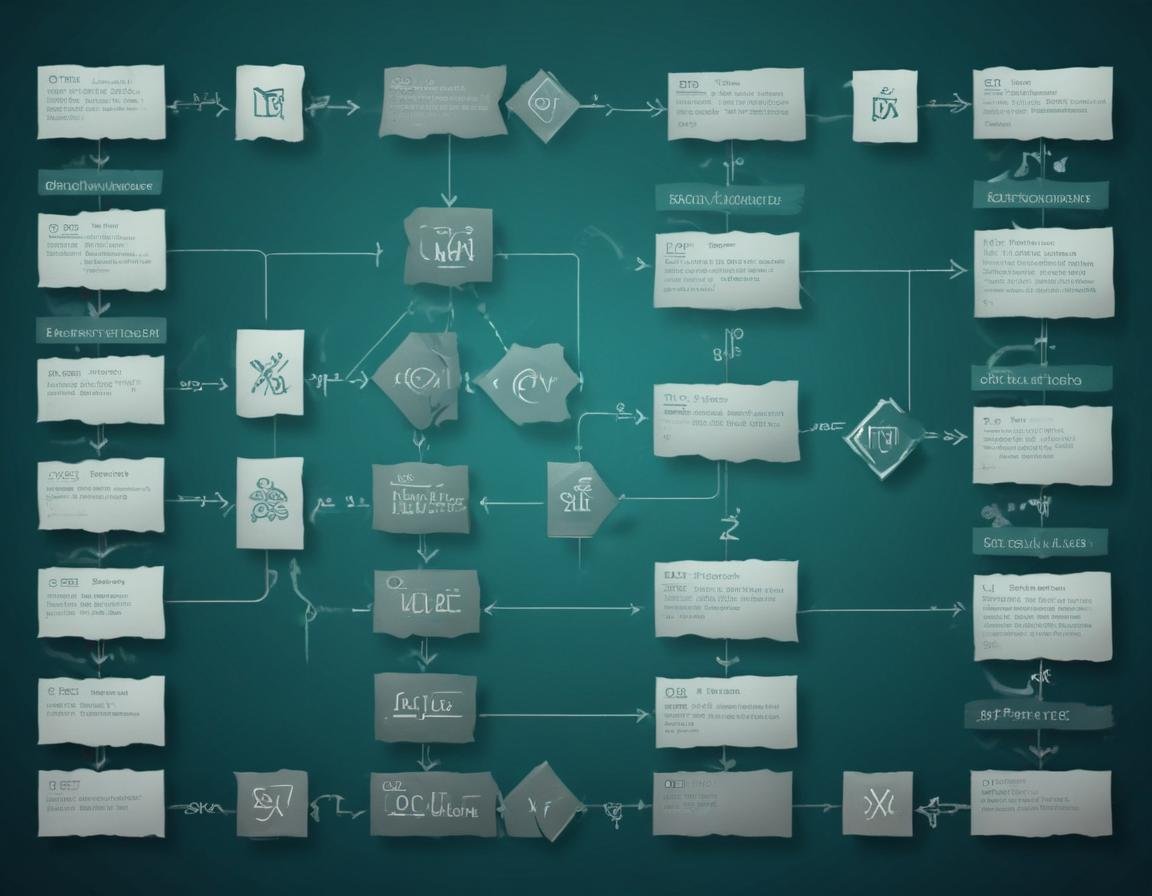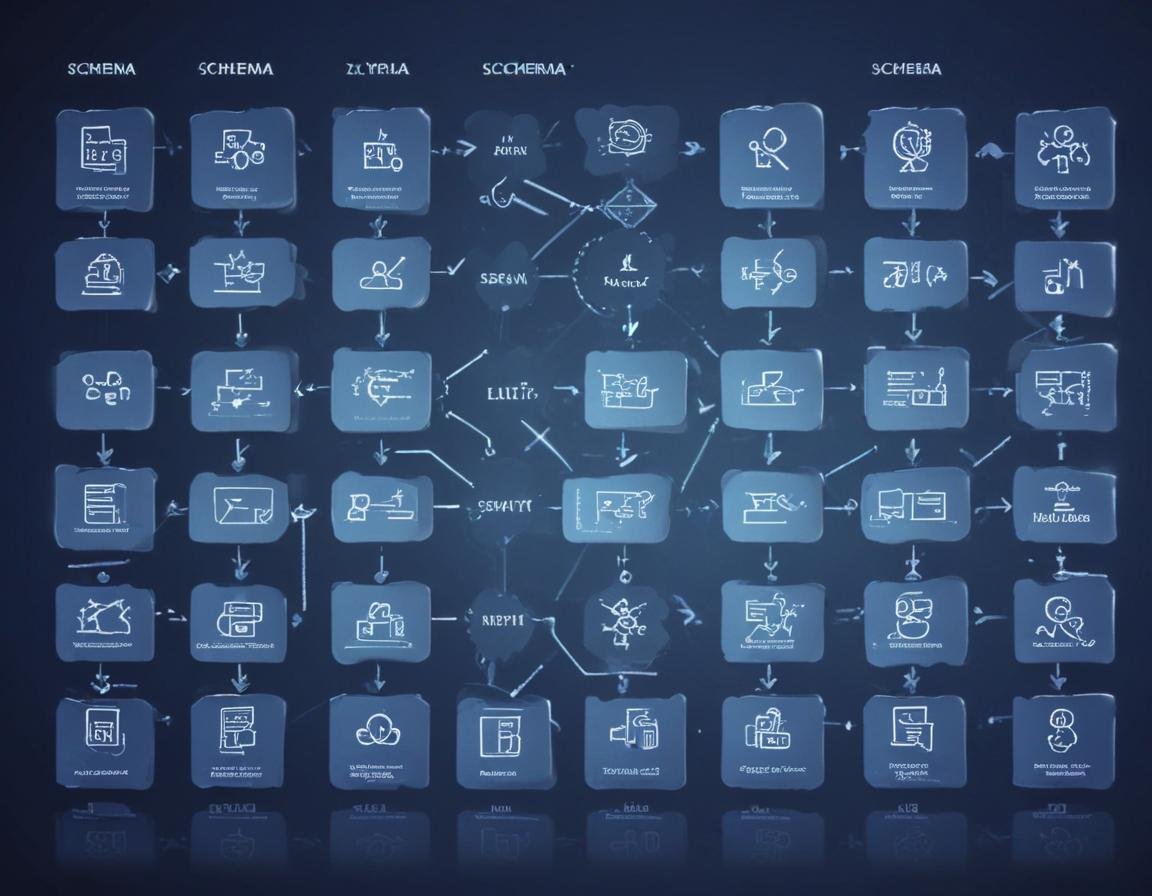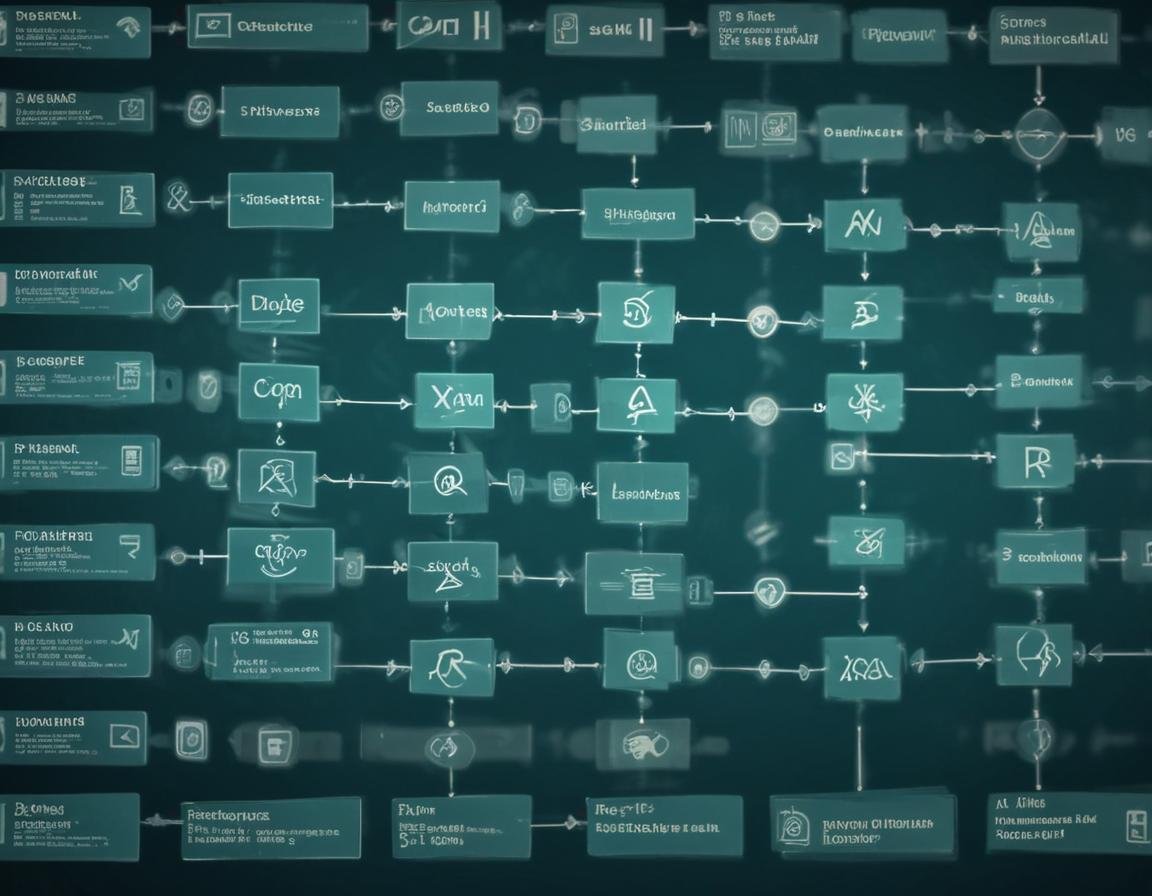- 0 Comments
- 271 views
Welcome to CodeNameJessica
✨ Welcome to CodeNameJessica! ✨
💻 Where tech meets community.
Hello, Guest! 👋
You're just a few clicks away from joining an exclusive space for tech enthusiasts, problem-solvers, and lifelong learners like you.
🔐 Why Join?
By becoming a member of CodeNameJessica, you’ll get access to:
✅ In-depth discussions on Linux, Security, Server Administration, Programming, and more
✅ Exclusive resources, tools, and scripts for IT professionals
✅ A supportive community of like-minded individuals to share ideas, solve problems, and learn together
✅ Project showcases, guides, and tutorials from our members
✅ Personalized profiles and direct messaging to collaborate with other techies
🌐 Sign Up Now and Unlock Full Access!
As a guest, you're seeing just a glimpse of what we offer. Don't miss out on the complete experience! Create a free account today and start exploring everything CodeNameJessica has to offer.

-
Entries
47 -
Comments
0 -
Views
25671
Entries in this blog
- 0 Comments
- 4380 views
- 0 Comments
- 4529 views
- 0 Comments
- 6953 views
- 0 Comments
- 7489 views
- 0 Comments
- 6766 views
- 0 Comments
- 7478 views
- 0 Comments
- 7324 views
- 0 Comments
- 4346 views
- 0 Comments
- 218 views
- 0 Comments
- 575 views
- 0 Comments
- 8248 views
- 0 Comments
- 239 views
- 0 Comments
- 212 views
- 0 Comments
- 210 views
- 0 Comments
- 239 views
- 0 Comments
- 231 views
- 0 Comments
- 288 views
- 0 Comments
- 216 views
- 0 Comments
- 243 views
- 0 Comments
- 297 views
- 0 Comments
- 241 views
- 0 Comments
- 266 views
- 0 Comments
- 225 views
- 0 Comments
- 221 views






















